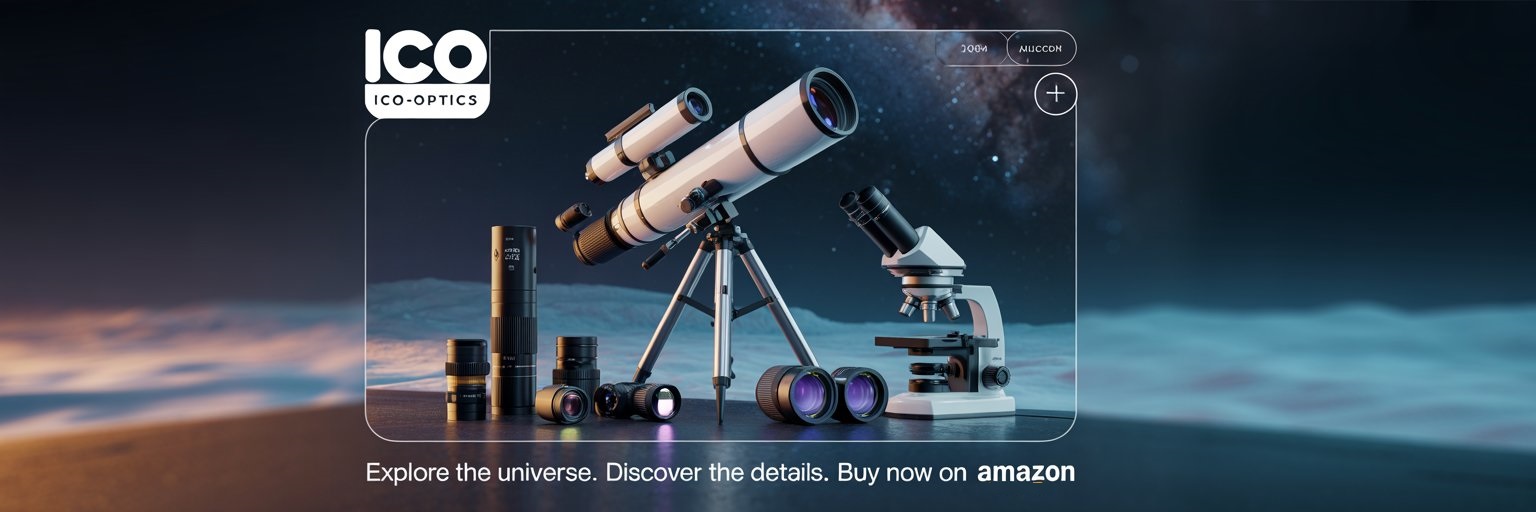Optical technologies might be on the edge of something huge. Researchers at the University of Rochester and UC Santa Barbara have come up with a chipscale laser that’s honestly pretty wild. This tiny lithium niobate laser packs a punch and could change the game for fields like optical metrology and LiDAR.
It can modulate frequencies at speeds that used to seem impossible. That means new levels of precision measurement and advanced sensing for things like self-driving cars, telecom, and who knows what else.
Breaking Down the Innovation: What Makes This Laser Unique?
This laser is only 2mm wide and 2cm long. It’s compact, sure, but the real magic is in the material: lithium niobate. People love it for its electro-optic properties.
The team made use of the Pockels effect, which lets you modulate frequency really fast. They integrated electrodes right into the laser cavity, and the result? A frequency chirp rate of about 2×1019 Hz/s. That’s 100 times quicker than anyone expected.
Even with all that speed, the laser keeps a narrow linewidth—just 167 Hz. That kind of precision is a big deal for anything that needs super accurate measurement. It’s not an exaggeration to call this a game-changer.
Why Frequency Chirping Matters
Frequency chirping is just a fancy way of saying the laser changes frequency really fast over time. For LiDAR (Light Detection and Ranging), that’s essential. LiDAR systems need to measure time-of-flight data to figure out distance and speed.
Usually, you need big, complicated components to get this kind of chirping. This new approach skips all that bulk and delivers something simpler and more efficient. That alone is a win.
Transforming LiDAR: A Leap Forward for Autonomous Systems
This laser could take LiDAR systems to the next level. Think self-driving cars, robotics, environmental mapping—the list goes on. During a demo, the team used the laser to pick out tiny LEGO block letters. It’s a small thing, but it shows off the kind of precision we’re talking about.
LiDAR systems right now have their limits—slow scans, not-so-great resolution. With this chipscale laser, you could see:
- Centimeter-level distance resolution.
- Detection of moving objects, even cars on the highway.
- Accurate velocity measurements for objects moving at tens of meters per second.
What This Means for Autonomous Vehicles
If you’re building self-driving cars, you care about spotting and measuring stuff quickly and accurately. This laser might make those systems safer and more reliable, which could help them catch on faster with the public.
Plus, ditching bulky components means sleeker, more compact designs. That’s something manufacturers will appreciate.
A Timeline for Real-World Applications
DARPA and the National Science Foundation are backing this work, so it’s moving fast. The team thinks they could have fully packaged systems ready in a year or two. For now, they’re focusing on making the packaging sturdier and easier to integrate into different setups.
What’s Next for Optical Metrology and Beyond?
This laser isn’t just about LiDAR. It could shake things up in optical metrology too, where you need to measure distance, speed, and other stuff with crazy accuracy.
There are hints it could push things forward in telecommunications, quantum computing, and maybe even medical imaging. Speed and precision matter everywhere, right?
Conclusion: The Future Shines Bright
Industries are leaning harder than ever on advanced optical tech. Breakthroughs like this chipscale laser really highlight why we need to keep pushing research forward.
This device is fast, precise, and surprisingly compact. It could shake up LiDAR and a bunch of other fields that rely on accurate measurements.
Bulky, external laser setups might be on their way out. We’re probably looking at a new era of lightweight, high-performance optical gadgets.
The next few years? They’re going to matter. As this tech moves from the lab into actual use, a lot could change—especially with some support from governments and industry leaders.
Here is the source article for this story: Chipscale laser may be gamechanger for optical metrology and LiDAR

